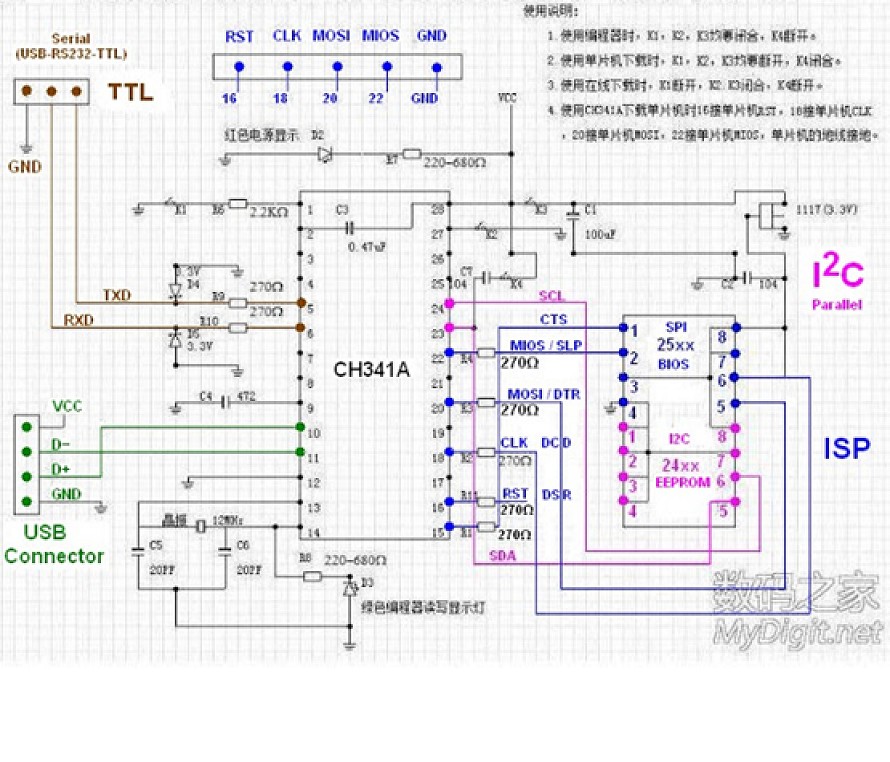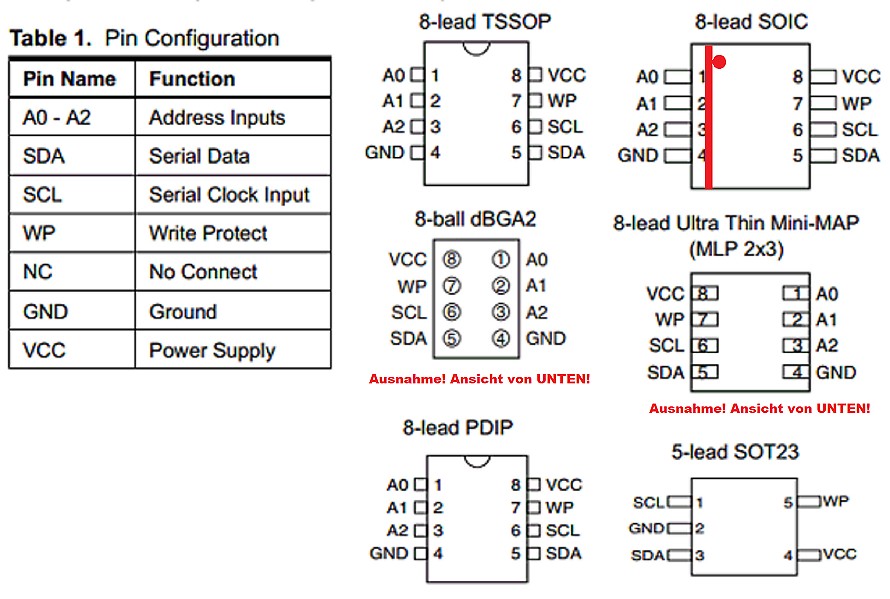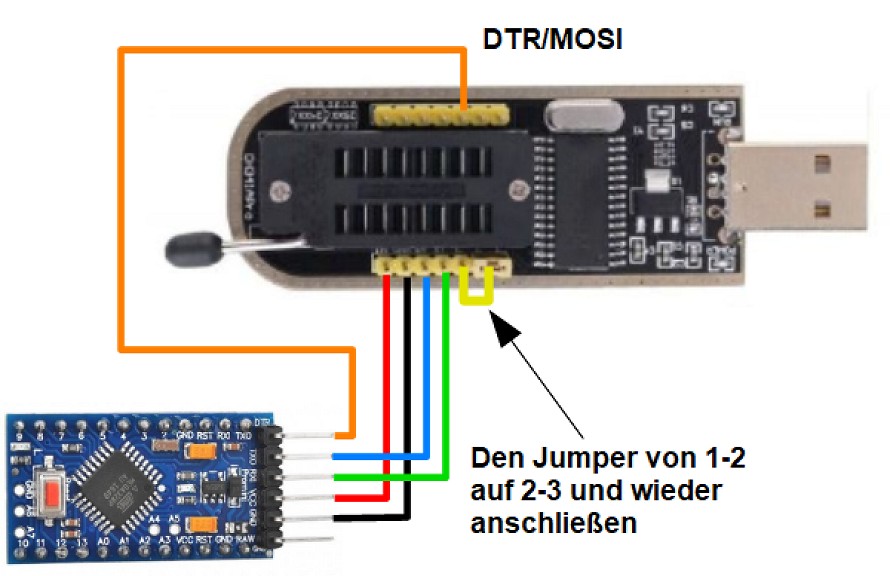Due to the great response to our article “On the hard BIOS-Tour: manual EEPROM flash of a GeForce RTX to bypass the lock with the hardware ID at NVflash”, in which we were already able to clarify together with Frank Schmidt what Nvidia does not give us this time our author has re-enacted and even put himself in front of the camera! And it doesn’t always have to come from my own lab, which is interesting and informative. Because when it comes to knowledge, the community is always at the forefront!
Has the great flash tool hung up or has the computer crashed and the graphics card or motherboard has been swayed? No problem with this little tool our Asian friends! For 2 to 5 US dollars (or between 10-20 euros) on the local market you get this small universal tool, which was simply christened CH341A.
Various mistakes (or simple compromises) were made in the design. On the one hand, a real level converter is missing which adjusts from the 5V (fed via the USB) the necessary 3.3V or 1.8V depending on the EEPROM type. Similarly, a capacitor required by the data sheet with 0.47 F between RSTI (pin 2) and VCC was simply “forgotten”. The latter is responsible for improving the stability of the signals.
 The CH341A itself is operated with 5V and the 1117-33 voltage regulator then supplies the complete ZIF socket (Zero Insertion Force) exclusively with 3.3V! A design with level converter would have been offered! Long speech short sense, our friends of minimalism have done all the work, but the part works! And that’s the only thing that matters in the end.
The CH341A itself is operated with 5V and the 1117-33 voltage regulator then supplies the complete ZIF socket (Zero Insertion Force) exclusively with 3.3V! A design with level converter would have been offered! Long speech short sense, our friends of minimalism have done all the work, but the part works! And that’s the only thing that matters in the end.
The only limitation: certain memory areas, such as possible existing OTP memory (One Time Programmable) or the Security Fuses (i.e. the security bits) cannot be read or written. Depending on the type of The EEPROMS, these “bits” are reset when deleted or remain so. This can be found in the data sheet if necessary.
If you have always wanted to know how easy this technique is to handle and that you don’t really need anything else apart from a good guide, this is exactly right here. And to all technicians and professionals: just stay relaxed and supple. We are certainly not going to destroy your jobs. Just demystify a little. You can’t do anything wrong unless you leave it. So let’s go – now Frank’s 15 minutes come:
As already written in the forum: Better you have it and don’t need it as vice versa!
If you don’t want to spool endlessly: the most important thing again as a still image
Frank searched for a long time until he found a schematic of the CH341A. However, a few marked resistors are missing on the board…

Here is an overview of the connection assignment of the most common EEPROM designs:

And last but not least: the diagram for the connection of an Arduino Nano. At the same time, you also have a USB to COM converter. In this mode, the CH341A can also simulate a serial interface!

Our big thanks go once again to our reader Frank Schmidt, who is so committed to our growing community. If you have any questions, suggestions or maybe even your own ideas – the forum is open 24 hours a day. 🙂
































Kommentieren